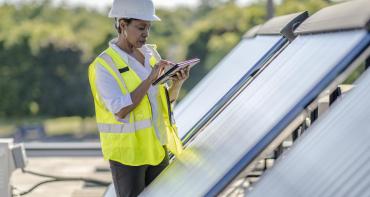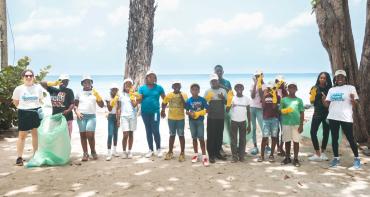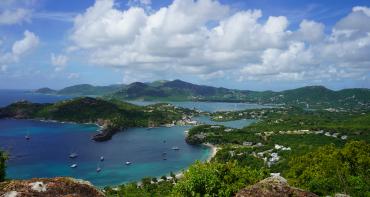Secretary-General Patricia Scotland celebrated new in-roads made by Sri Lanka, chair of the Commonwealth’s action group on mangroves, by planting a mangrove plant in the country’s famous Koggala Lagoon.The area is home to 10 out of the 22 true mangrove species found in Sri Lanka, and the site of extensive mangrove restoration efforts involving local communities, businesses and the government.

Secretary-General Patricia Scotland celebrated new in-roads made by Sri Lanka, chair of the Commonwealth’s Blue Charter Action Group on mangroves, by planting a mangrove plant in the country’s famous Koggala Lagoon.
The area is home to 10 out of the 22 true mangrove species found in Sri Lanka, and the site of extensive mangrove restoration efforts involving local communities, businesses and the government.
With about
Ms Scotland said: “I am very pleased and proud that Sri Lanka has made the decision to lead the Blue Charter Group on mangroves.
“This work is going to be of pivotal importance if we are to achieve the aspirations set out in the Paris Agreement on Climate Change, for reducing carbon and turning our globe into somewhere which is truly sustainable for our children in the future.”
SG interview on Mangroves landscape
The Commonwealth Blue Charter is an agreement made by all 53 member states to work actively together to tackle ocean-related challenges.
Currently, twelve ‘champion countries’ lead nine action groups made of like-minded nations, who pursue joint strategies and action on issues like marine pollution, climate change andcoral reef restoration.
Sri Lanka champions the action group on mangrove ecosystems and livelihoods, which held its first meeting last month in Negombo.
Members include Sri Lanka (Champion), Australia, Bahamas, Bangladesh, Jamaica, Kenya, Nigeria, Trinidad and Tobago, Vanuatu and the UK.
Director General of Ocean Affairs, Environment and Climate Change at Sri Lanka’s Ministry of Foreign Affairs, HasanthiUrugodawatte Dissanayake, said: "Since holding our action group's inaugural meeting on 7-9 October, Sri Lanka has demarcated 14,000 hectares of land which includes thousands of hectares to be allocated for mangroves.
“Above all, it is creating a common understanding of contribution of mangrove ecosystems to livelihoods and as a carbon sink.”
The country also made a
Sri Lanka also plans to expand its task force for mangrove restoration to engage all stakeholders from government, private sector and community based organisations.
The Secretary-General’s visit was hosted by the Sri Lankan Ministry of Foreign Affairs in collaboration with the Ministry of Mahaweli Development and Environment, and the INSEE Cement Company – a green cement producer currently carrying out mangrove planting of around 4,500 plants in the Koggala Lagoon area.



